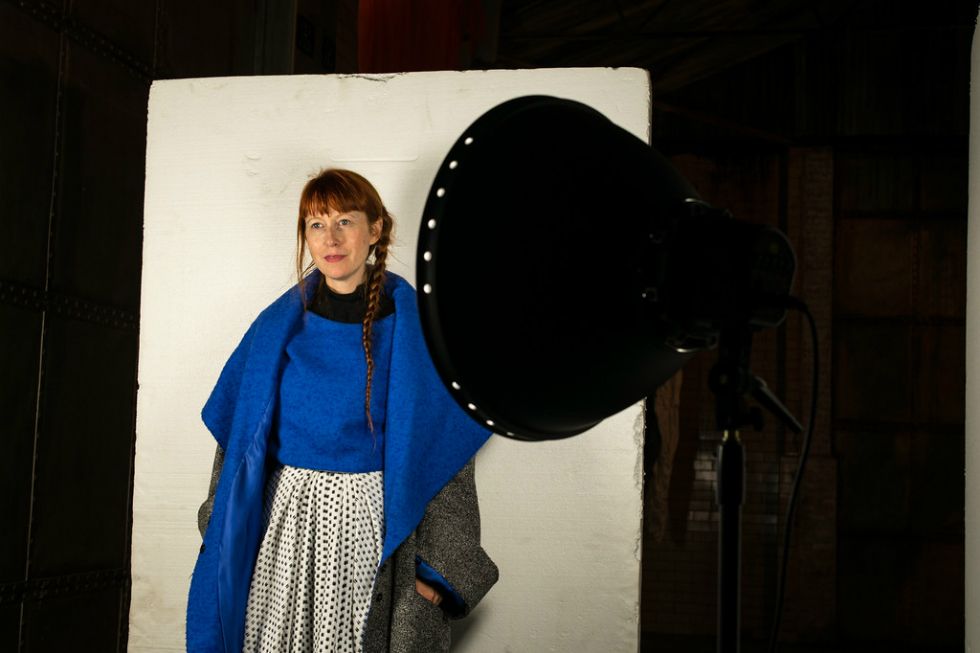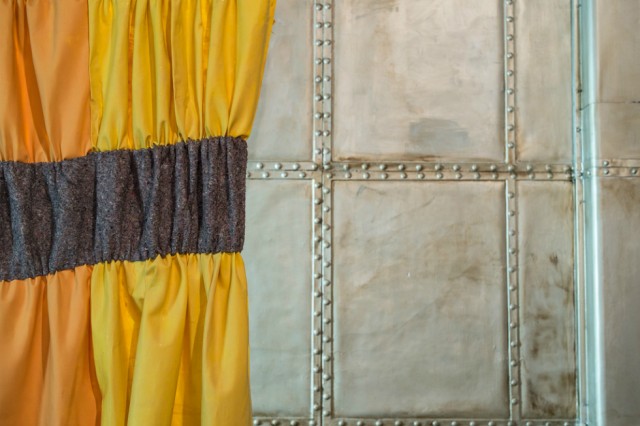Announcing A New Manifesto: Formationism (June 2015)

What would a manifesto for 2015 look like? According to Walter & Zoniel, it should encourage confidence in artists, sensory experiences in the visitor, and acknowledge the tension between theory and practice…
We last saw London-based artist duo Walter & Zoniel at their extraordinary installation during Liverpool Biennial 2014. Entitled The Physical Possibility of Inspiring the Mind of Someone Who Is Living, they secretly inserted a jellyfish tank one evening in the shop front of a disused garage, on an ordinary terraced street in Toxteth. Every night for the duration of the festival, an invigilator would draw back the shutters, exposing a glowing neon blue variety of sea creatures to a record amount of visitors, who were in turns baffled, excited and awed. It was, as installation volunteer James Worley described it, a ‘strange’ and ‘beautiful’ experience.
This year, they have exhibited equally thought-provoking work at Tate, the Venice Biennale and Gazelli Art House. Their latest work returns to a great tradition: the aritists’ manifesto. Created as part of new group show, Fragments Of…, at The Blue Factory (Dalston) during Frieze week, Walter & Zoniel’s manifesto is entitled Formationism. Fragments Of… curator Marine Tanguy calls it “a new artistic movement”, and an experimental insight into “the artist’s creative and conceptual journey.”
“For years,” Tanguy continues, “I always chose the art I liked based on these two elements. I hope it will show on this special curation — I may admit that we have gone slightly ambitious and mad… I have asked each artist not to be safe, but to push their voice further and experiment away.”
The result? A work in progress, perhaps. A tentative reach into, and — in the great tradition — a declaration of contemporary artistic practice…
‘The Manifesto: Formationism June 2015
Formationism: The artistic practice of placing equal focus upon the physical and the conceptual elements in the creation of works of art. Whilst many, if not all, current and historical artistic movements have tended to place greater emphasis on either process or concept, Formationism’s key tenet is an equal and symbiotic attention to both concept and creation. It is our belief that the production of serious modern art ought to attend equally to ideology and execution; in a Formationist artwork one cannot exist without the other.
The end product of artistic creation is only, and always, a synchronic impression of a timeless artistic vision.
The Movement:

Formationism is both a manifesto with a set of goals for the production of artwork under its aegis, and a description of creative tendencies in modern art for which extant labels seem inadequate. The last half-century has been dominated by Conceptualism and Process Art; in the former, theory takes precedence over physical creative concerns, and in the latter the emphasis is upon the techniques of creation over and against conceptual philosophies. As a natural successor of that divide, in which process and concept are alienated, Formationism emphasises their interdependence, joining the two movements under its organising auspice. It acknowledges and embraces the tension between theory and practice, and the innovation that tension can create.
The Basis:
A new kind of contemporary artwork is currently emerging from the New York, London, and Parisian art scenes, which we maintain defies classification under existing artistic movements.
Call it naïve dualism if you will, but human life consists in the immanence of intellect in matter; the embodiment of a soul in a body that is the starting point for artistic and philosophical Humanism. The metaphysical lodged in the physical, the epiphenomenal bound to the phenomenal, is a condition of our existence that necessitates an attention to both in art: that is, to engage on a sensorial basis with the works of art as we are intellectually captivated. Every significant work of art, we maintain, joins this synchronic physicality to diachronic, or even timeless, concept.’
Laura Robertson (editor)
See Fragments Of… at The Blue Factory, Dalston, London until Saturday 17 October 2015, open 10am-7pm. Featuring emerging artists Alison Bignon, Jennifer Abessira, Scarlett Bowman, Jean-François Le Minh, Tristan Pigott and Walter & Zoniel
With thanks to Marine Tanguy and Walter & Zoniel
Read Something Extraordinary: Jellyfish Toxteth
Read our Top Five Artists’ Manifestos Of All Time





